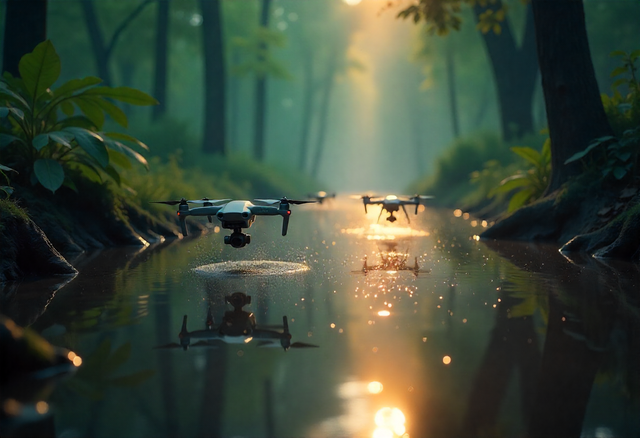Swarms of drones flying with “consciousness”
Swarms of drones flying with “consciousness”

Inspired by nature.
And most impressively, all of this works on an insert that costs only $21.
Follow my publications with the latest in artificial intelligence, robotics and technology.
If you like to read about science, health and how to improve your life with science, I invite you to go to the previous publications.
You want to win, play HARRY-RAID
If you like to read about science, health and how to improve your life with science, I invite you to go to the previous publications.
You want to win, play HARRY-RAID